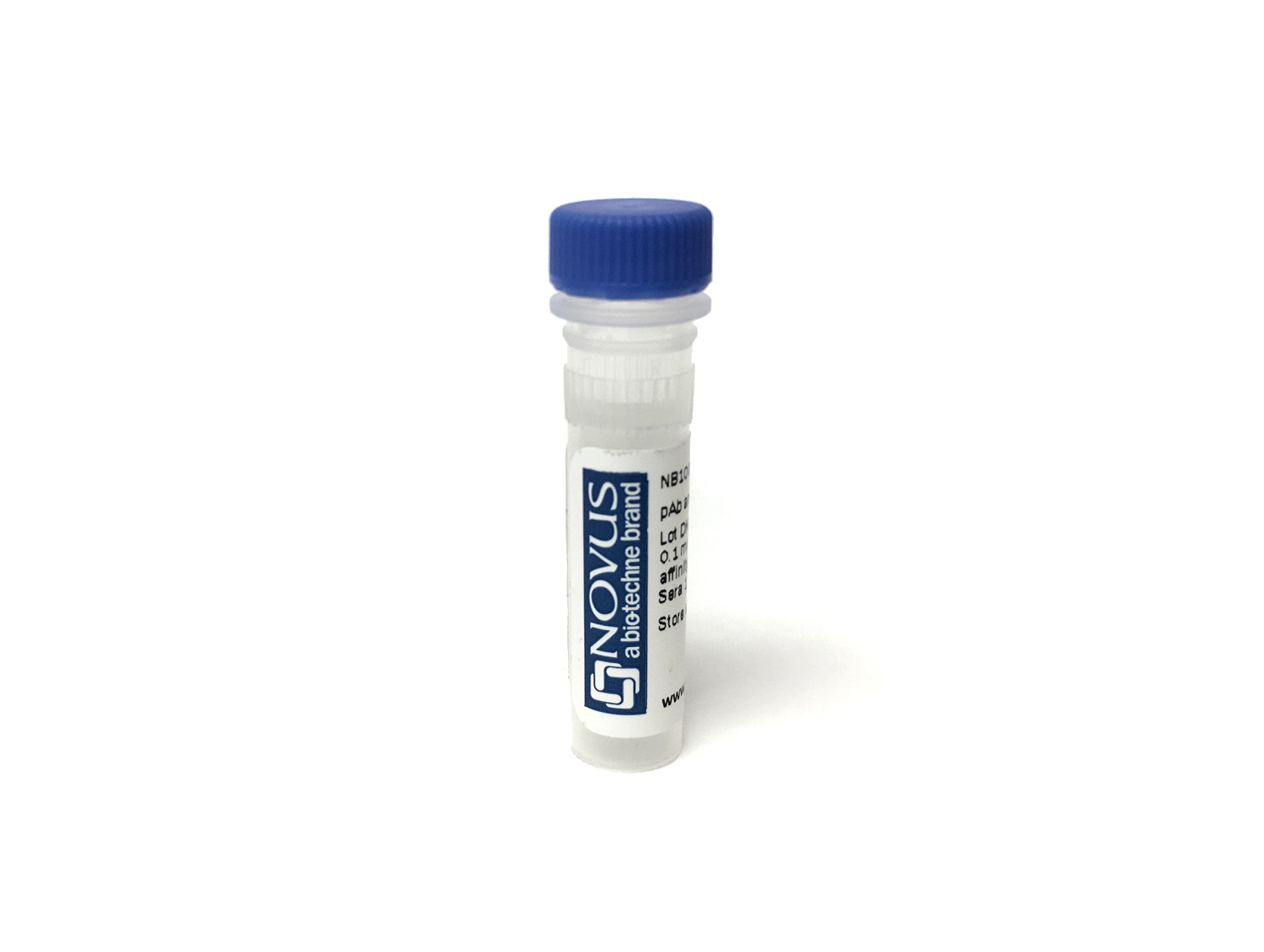Caspase-10/FLICE2 Antibody [Janelia Fluor® 525]
Novus Biologicals, part of Bio-Techne | Catalog # AF6864JF525


Conjugate
Catalog #
Key Product Details
Species Reactivity
Human
Applications
Western Blot, Immunocytochemistry
Label
Janelia Fluor 525
Antibody Source
Polyclonal Goat IgG
Concentration
Please see the vial label for concentration. If unlisted please contact technical services.
Product Specifications
Immunogen
E. coli-derived recombinant human Pro Caspase-10
Met1-Pro228
Accession # Q92851
Met1-Pro228
Accession # Q92851
Specificity
Detects human Pro Caspase-10 in direct ELISAs and Western blots. In direct ELISAs, less than 1% cross-reactivity with recombinant human (rh) Caspase-2, rhCaspase-3 (long and short forms), rhCaspase-3, rhCaspase-7, rhCaspase-8, rhCaspase-8 p10, rhCaspase-8 p20 and rhCaspase-9 is observed.
Clonality
Polyclonal
Host
Goat
Isotype
IgG
Applications for Caspase-10/FLICE2 Antibody [Janelia Fluor® 525]
Application
Recommended Usage
Immunocytochemistry
Optimal dilutions of this antibody should be experimentally determined.
Western Blot
Optimal dilutions of this antibody should be experimentally determined.
Application Notes
Optimal dilution of this antibody should be experimentally determined.
Formulation, Preparation, and Storage
Purification
Antigen Affinity-purified
Formulation
50mM Sodium Borate
Preservative
0.05% Sodium Azide
Concentration
Please see the vial label for concentration. If unlisted please contact technical services.
Shipping
The product is shipped with polar packs. Upon receipt, store it immediately at the temperature recommended below.
Stability & Storage
Store at 4C in the dark.
Background: Caspase-10
Alternate Names
CASP10, Caspase10, FLICE2, Mch4
Gene Symbol
CASP10
Additional Caspase-10 Products
Product Documents for Caspase-10/FLICE2 Antibody [Janelia Fluor® 525]
Product Specific Notices for Caspase-10/FLICE2 Antibody [Janelia Fluor® 525]
Sold under license from the Howard Hughes Medical Institute, Janelia Research Campus.
This product is for research use only and is not approved for use in humans or in clinical diagnosis. Primary Antibodies are guaranteed for 1 year from date of receipt.
